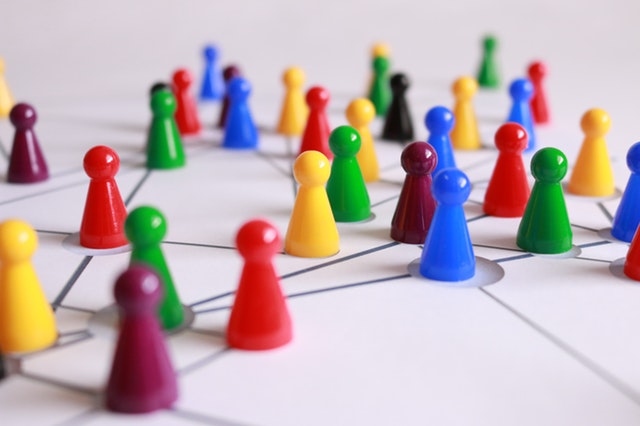
1.1
Describe the function of the network layers as specified by the OSI and the TCP/IP network models.
OSI Model
- Application: HTTP, SSH, IMAP
- Presentation: Encoding
- Session: Sockets, Winsock
- Transport: UDP/TCP
- Network: Packets, IP, Routers (Layer-3 Switches)
- Data-Link: Switches, MAC Address, Frames
- Physical: Cabling, Media, Hubs
Acrostic to remember in order, All People Seem To Need Data Processing or Please Do Not Throw Sausage Pizza Away
TCP/IP Model
- Application: Maps to top three OSI layers
- Transport
- Network
- Physical: Maps to bottom two OSI layers
1.2
Describe the operation of the following:
- IP: Internet Protocol, used to define the addressing of hosts and network
- TCP: Connection oriented using a three way handshake to establish communication. Packets must be acknowledged or they are retransmitted.
- UDP: Connectionless, no retransmission
- ICMP: Internet Control Message Protocol, allows for testing routes and host availability, also can communicate issues along a path
1.3
Describe the operation of these network services
- ARP: Address Resolution Protocol
- ARP Request Made by a host to broadcast address FF:FF:FF:FF:FF:FF
- Either a gateway or the host with the IP responds with the MAC Address
- DNS: Domain Name System, allows computers to resolve names like www to an IP address
- DHCP: Dynamic Host Configuration Protocol, allows a host to request an IP address along with other parameters like default gateway and DNS server addresses.
- DHCP Discover: Find a DHCP server by a broadcast packet
- DHCP Offer: DHCP server offers an IP
- DHCP Request: Client requests offered IP
- DHCP Acknowledge: Server acknowledges the IP assignment.
1.4
Describe the basic operation of these network device types
- Router: Operates at Layer 3 of the OSI Model. Each interface is it’s own broadcast domain. Connects multiple networks.
- Switch: Operates at Layer 2 of the OSI Model. Many interfaces, each with its own collision domain.
- Hub: Operates at Layer 1 of the OSI Model. Shared medium with a single collision domain.
- Bridge: Divides a network into two collision domains, similar to a switch with less ports.
- Wireless Access Point (WAP): Device that bridges the wireless media to wired.
- Wireless LAN Controller (WLC): Controls WAPs using CAPWAP protocol
1.5
Describe the functions of these network security systems as deployed on the host, network, or the cloud:
- Firewall: permits or denies traffic based on L3/L4 information in the packet, some NG Firewalls function up to L7.
- Cisco Intrusion Prevention System (IPS): denies traffic that matches rules that can either be compound or atomic.
- Cisco Advanced Malware Protection (AMP): determines if files are malicious
- Web Security Appliance (WSA)/Cisco Cloud Web Security (CWS): Provides web filtering and security scanning
- Email Security Appliance (ESA) / Cisco Cloud Email Security (CES): protects against e-mail attack vectors and spam
NOTE:
While I’ve briefly covered many of the topics, if you are less familiar with network basics, I would suggest reviewing the information in the certification guide or in the CCENT curriculum.
